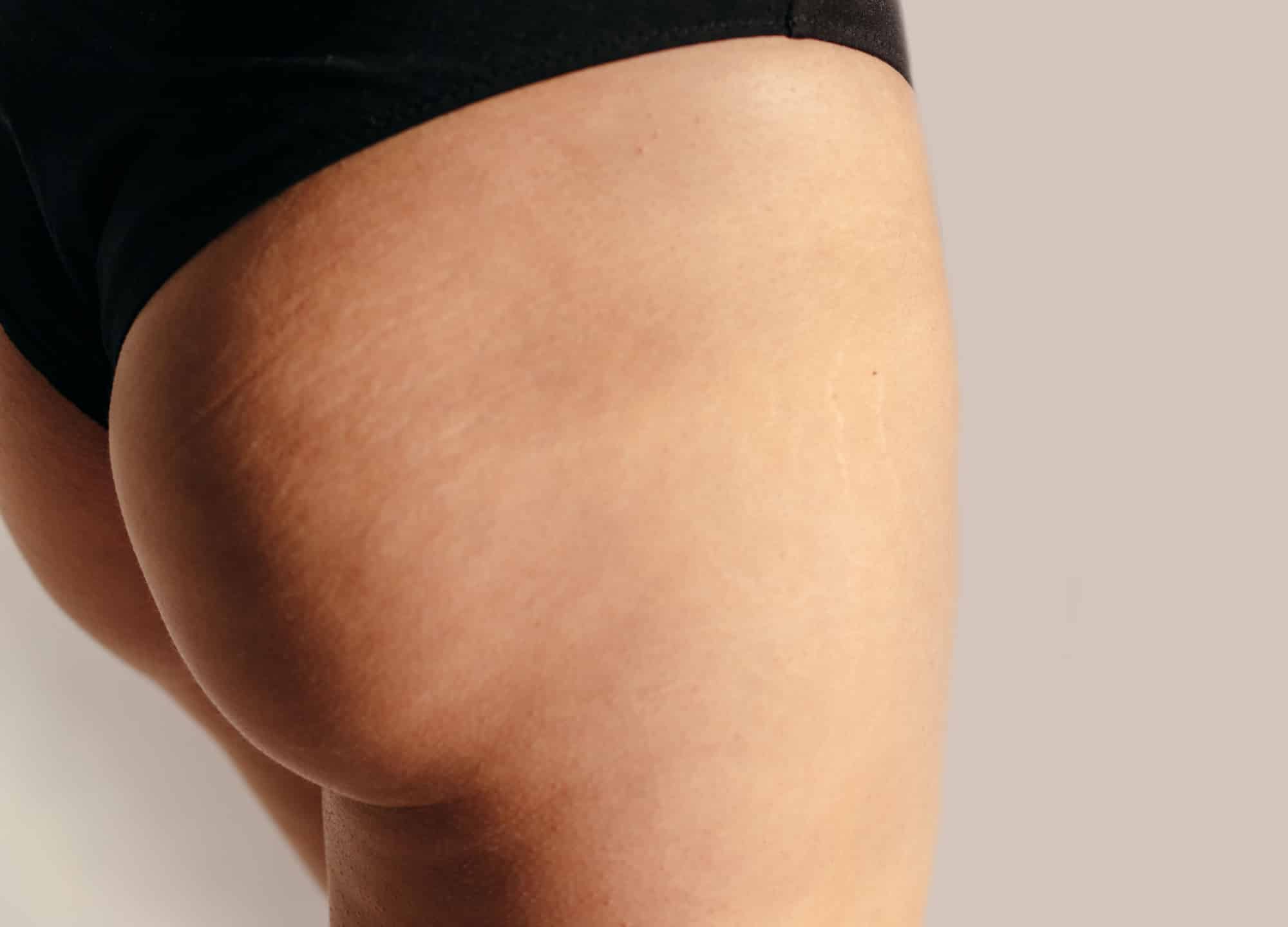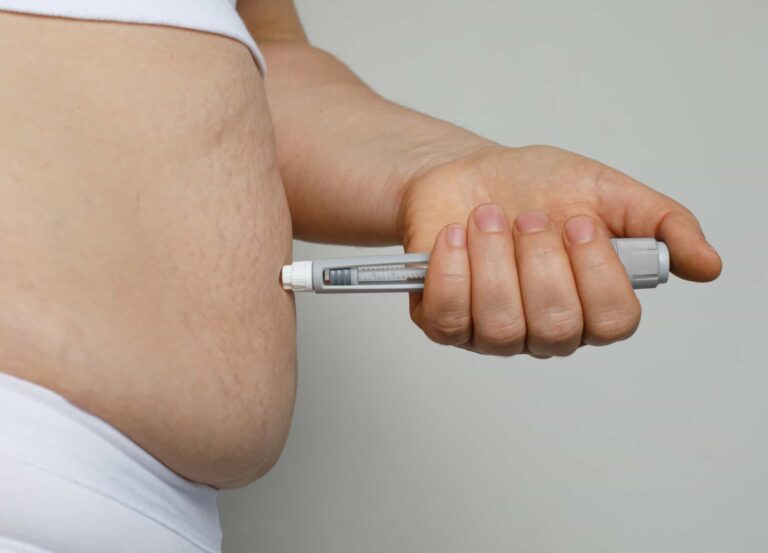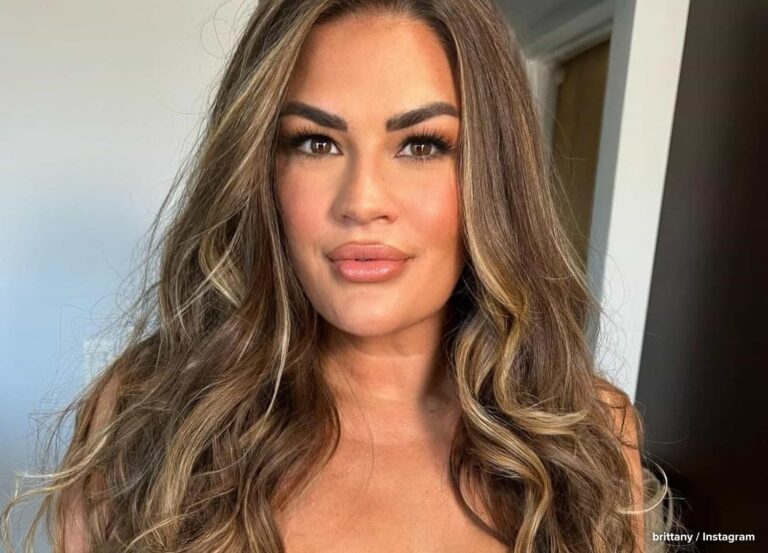The concept of undergoing the same plastic surgery procedure multiple times is not a foreign one—facelifts often need updating down the line, and breast implants should be evaluated for ruptures or capsular contracture and replaced as needed. But many people don’t realize that it’s not uncommon for patients to undergo multiple rounds of Brazilian butt lift surgery—and those follow-up rounds tend to occur within six months to a year of the initial surgery versus decades later. Why?
“BBLs are powerful—they restore the body in a way that isn’t intrinsic to every other procedure,” says Dr. Matthew Nykiel, a board-certified plastic surgeon in Newport Beach, California. Sculpting the torso and giving that fat to the butt creates balance across the body, just as a good facelift or even dermal fillers can create facial harmony.
Though they’ve been around for many years, it’s been within the past five years that BBLs have surged in popularity. “The Kardashians helped to really increase the focus,” says Dr. Nykiel. “And as social media has taken off, it’s pushed the envelope, [affecting] people’s desires and what they want from the procedure.” Before this point, he performed a second-round BBL maybe once a year. But the confluence of treatment function, patient needs, and aesthetic outcomes has caused a surge of multiround BBLs; these “multirounders” now make up a third of Dr. Nykiel’s practice.
To determine what makes a good candidate for BBL in round one, two, three, or beyond, we’ve tapped three board-certified plastic surgeons known for their expertise in butt augmentation. Here, they help break down the key factors that inspire subsequent treatments—including one that’s influenced by a rising trend in buttock enhancement.
1. Fat removal limitations, in place for patient safety, affect the amount of volume you can get each round
Your provider needs fat to create a juicy booty. They’ll extract that from other areas of the body, like the back, stomach, hips, and thighs, depending on where you have the most fat to work with and your overall body contouring goals.
The first aspect to address here is whether you have enough fat to create the plumper butt you want. You may have heard of the skinny BBL, which refers not to the size of your buttocks post-treatment but your overall physique; skinny BBLs are typically a one-and-done procedure. “If you only have so much fat for liposuction, you’re probably getting it all in that first round, and the results are going to be limited by how much material you have to work with,” says Dr. John Paul Tutela, a board-certified plastic surgeon in Livingston, New Jersey.
That’s not to say you can’t achieve a satisfactory result with less fat. In discussing one of his own patients, Dr. Nykiel explained that thinner patients often benefit from the incorporation of an implant—but even without implants, patients can achieve a significantly sculpted butt, just not one that also has considerable volume and dimension, though it may take multiple BBLs (see more in the next section on refinement). There are also minimally invasive methods to enhance the results of a skinny BBL. “We can only graft fat if they have it, so for skinny patients without a lot of fat to harvest with liposuction, we sometimes supplement with off-the-shelf products such as Sculptra, Radiesse, and Voluma, to add more volume,” adds Dr. David Shafer, a board-certified plastic surgeon in New York City.
If you have plenty of fat to work with for your BBL, how much can safely be taken out can determine how many subsequent surgeries you’ll need—and where you have your surgery plays a big part in this. “How much you can lipo is dictated by the state that you’re in or the country,” says Dr. Nykiel. In many states, providers can remove around five liters of fat from a patient during a liposuction session, even if it’s being performed in tandem with a BBL. In those cases, a patient could get the results they’re hoping for after that primary procedure, or they may choose to refine or enhance further in subsequent sessions (more on that later).
However, if you’re in a state that takes a more conservative approach to liposuction, you may not be able to harvest enough fat to achieve your desired outcome. For example, in the state of Florida, 4000cc (around 3.5 liters) can be removed during one liposuction session, but only if that is the sole procedure being performed. If you tack on a BBL, your provider may extract only 1000cc with liposuction. Provided you have enough fat to work with, you may want to book a second or third round so your doctor can keep shaping your dream butt—which leads us to the next step.
2. Contour irregularities and asymmetry may need further refining
Think of what it must be like to sculpt a statue out of marble, like Michaelangelo’s David (which has quite a shapely butt, if we’re being honest). You wouldn’t just immediately carve it out—you’d start chipping pieces of marble away until you have a solid foundation to create those perfect curves. BBLs work a lot like this. “In that first round, you’re going in and almost creating this matrix or framework in that butt,” says Dr. Nykiel, who is recognized for his skill in meticulously sculpting incredibly natural buttocks. “When we come back, we can add fat, to get you curvier and rounder in areas that we couldn’t have initially, creating a really significant change,” he says. Continuing to remove fat from areas like the waist and stomach will further define your body, ultimately making the buttocks pop.
An important note about fat: you can’t simply store it for future use. “You can save the fat by putting it somewhere else in the body, like banking it for later,” says Dr. Shafer. “You cannot put it in the refrigerator and save it for later, and you cannot give it to someone else or have someone else’s fat put into you.” This is because, like anything moist, fat is the perfect medium for bacteria; bacterial infection is already a risk of any plastic surgery procedure, BBLs included. “Those of us who do fat transfers often, we’re all very meticulous during the fat transfer—how we’re collecting it, how we’re cleaning it—because you have to worry about that.” Though the plastic surgeons we talked to have never heard of stored fat, that’s not to say there aren’t providers out there offering this option—so if you’re talking to someone who suggests it, run.
Beyond continued sculpting, second or third rounds of BBL can be used to address minor flaws. “With liposuction, you can get contour abnormalities, so maybe you’re going back to try and smooth those things out,” says Dr. Tutela. He also points out that not all patients’ fat cells graft successfully. “During liposuction, we tear fat cells away from their blood supply,” he explains. While grafting allows microscopic blood vessels to form and start to nourish those transferred fat cells, not all fat cells make it—in fact, up to 50% could die off. This is called “take,” or “how much of the fat that is transferred survives and incorporates into its new location in the body,” says Dr. Shafer. “If there is more fat “take” on one side or the other, the patient may have some asymmetry.”
According to Dr. Tutela, a big factor in the success of a fat grafting is compliance as you heal. “You’re supposed to follow certain instructions, like not sitting for two weeks straight—you’re either lying down or you’re standing,” he says of his post-procedure protocol. Your body is trying to grow and attach these microscopic blood vessels to your fat, to keep it healthy and alive—if you’re squishing them, you’re messing up that whole process.” Your doctor’s recovery protocol is not merely a suggestion but critical to your outcome.
Small asymmetries are normal in nearly all body contouring treatments, BBL included, but more drastic differences may benefit from a second procedure. It’s solely in these cases that you might get a bit of a price break on a round of BBL. “If there is an asymmetry issue, we are always fair with the patient,” adds Dr. Shafer. “If a patient is choosing to have a second surgery for more volume, then that is just like having another surgery.”
Dr. Nykiel echoes this sentiment, noting that his return patients get a small discount and those with multiple BBLs in their treatment plans will save money by locking in the price of their procedure up front. Otherwise, you can expect to pay similar fees for subsequent rounds. “If you want that attention to detail when going back and making some refinements, the surgery will probably will take as long or even take a little bit longer,” he says, adding that your procedure also includes the cost of things like equipment used, anesthesia, IV antibiotics—all of this costs money, and with inflation these days, it’s costing more than ever before.
3. Patients want supersize BBL results
Many of the women on social media who document their multiple rounds of BBLs have a specific goal for their outcomes: a derriere with extreme dimensions. Though this is similar to the previous concept of building upon a foundation, it’s more about maxing out the results—like going in for several syringes of lip filler over several weeks, for a supremely plush pout. “Very exaggerated buttocks are not safe to do in one surgery, so the procedure will be staged to have a few sessions, with increasing size,” says Dr. Shafer.
Occasionally, some patients don’t realize they were coveting an even bigger backside until they’ve fully recovered. Dr. Shafer gives breast augmentation patients as a comparison: “Patients may be hesitant at first to go big then, after surgery, sometimes decide they really want even larger implants. This is also true for BBL—patients at first request a conservative result but then realize they really want more volume grafted.”
According to Dr. Tutela, some providers even encourage their patients to achieve those more unnaturally large butts through unethical means. “Providers were telling patients, ‘Go home, gain 30 pounds and come back. That way, we can really transfer a lot of fat,’” he says. And not only is that bad medical advice—compromising the health of a patient for their cosmetic result—but it results in false advertising. The before and after photographs of a patient who gains weight for their BBL will look quite dramatic, “but if you go back down to your normal weight, you’re going to lose part of your result,” points out Dr. Tutela. However, the surgeons say that bigger butts are less “in” these days, which leads us to our final factor for an additional round of BBL.
4. Patients desire a more natural-looking BBL over time
You’ve likely noticed that the ’90s and early ’00s are making a comeback—not just across style trends but with body shapes too. Dr. Tutela notes that in the past two years, bigger butts have become less popular. This has created a new clientele niche for Dr. Nykiel: “Within the past year, we have had people come from other places, saying, “Look, my butt’s just got to be smaller.” In addition to the trend aspect, many of these patients are seeking to minimize their butts due to their lifestyle—for example, being active moms—or wanting a less dramatic look as they get older, as Dr. Shafer points out. “Just like with breast implants, some patients, as they age, decide to have a more refined look and downsize,” he says.
Keep in mind that over time, the look of your butt is going to naturally change, whether it’s been enhanced or not. “Somewhere around your mid- to late 30s and, certainly, 40s, muscle mass decreases, fat stores decrease,” Dr. Nykiel says. A much bigger butt courtesy of a BBL will ultimately look not only off trend but unnatural. The good news is that those who choose to downsize won’t be left with a saggy booty. “When we take that volume out, we see that skin snap back,” says Dr. Nykiel. “The butt is very forgiving.”











